SHARING THE MOST EFFECTIVE FEEDING METHODS FOR SHRIMP
To reduce excess feed, it is essential to control the daily feed amount for farmed shrimp, so it’s advisable to feed less than the shrimp’s daily requirements.
- Enhance the use of probiotics and digestive enzymes to increase the absorption rate of feed by shrimp and reduce environmental waste. Waste should be removed from the pond by siphoning multiple times a day and using biological products specifically designed for bottom management.
Feeding shrimp according to their needs means considering the behavior of the shrimp. Most mistakes occur when we think of feeding shrimp the way humans eat, rather than considering their unique needs.
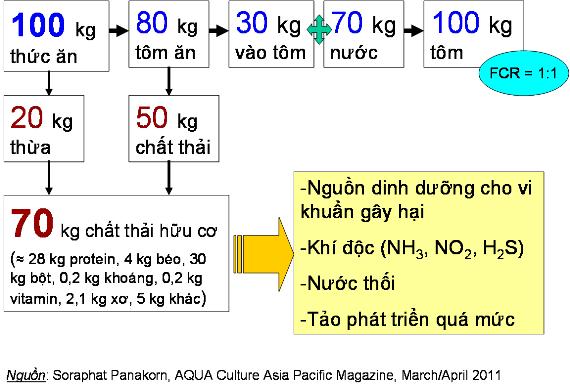
Shrimp feeding behavior - feeding shrimp effectively:
- Both tiger shrimp and white leg shrimp are carnivorous and have a strong appetite like other crustaceans. They use their tactile senses to search for food and need minerals for growth; appropriate pH helps with circulation and digestion.
- The living environment affects the shrimp's body, including appetite, metabolic processes, molting activities, digestion, and immune systems. Feeding shrimp needs to be considered based on their characteristics, such as short intestines, continuous movement, and aggressive predatory behavior.
Feeding depends on pond conditions:
- Shrimp reduce feeding when dissolved oxygen levels drop below 4 mg/l and stop eating when levels fall below mg/l.
- The optimal water temperature is 28 - 30°C. Each time the temperature drops by about 2°C, the feed amount should be reduced by about 30% compared to the average feed amount.
Impact of high temperatures:
- The time feed stays in the shrimp's intestine changes with the water temperature.
- As water temperature rises, shrimp eat faster and also excrete waste more rapidly compared to lower temperatures.
Water flow:
- Shrimp will move along a broad feeding area; feed needs to be spread evenly and thinly in these areas. This approach prevents large amounts of feed from being concentrated in a small area, which can also cause uneven shrimp sizes.
Feeding areas:
- Avoid spreading feed in areas with weak water flow or where the pond bottom is not clean.
Feeding with feed trays (nets):
- When there is no feed left in the tray, it does not necessarily mean that the shrimp have fed well. This may also indicate an abnormal situation that requires further investigation.
Paddle wheel aeration during feeding:
- In the first month of farming, farmers should stop aerating the water while feeding shrimp.
- After one month, maintain aeration during feeding, especially in cases of clear water (little or no algae) or cloudy water (high suspended solids) or during overcast days. If algae are not growing, just stopping aeration for 30 minutes can weaken the shrimp and lead to death.
Feeding affects shrimp growth rates:
- Limiting feed or skipping feedings does not negatively impact growth rates; rather, it helps maintain good water quality. In Thailand, many farmers feed shrimp 3.5 meals a day. The last meal of the day (at night) is only 30 - 50% of the average amount, with the motto: Shrimp don’t die from hunger but from overfeeding. Farmers need to be cautious, carefully check, and identify specific cases to adjust the feed amount before the shrimp lose their appetite and excess feed pollutes the pond.
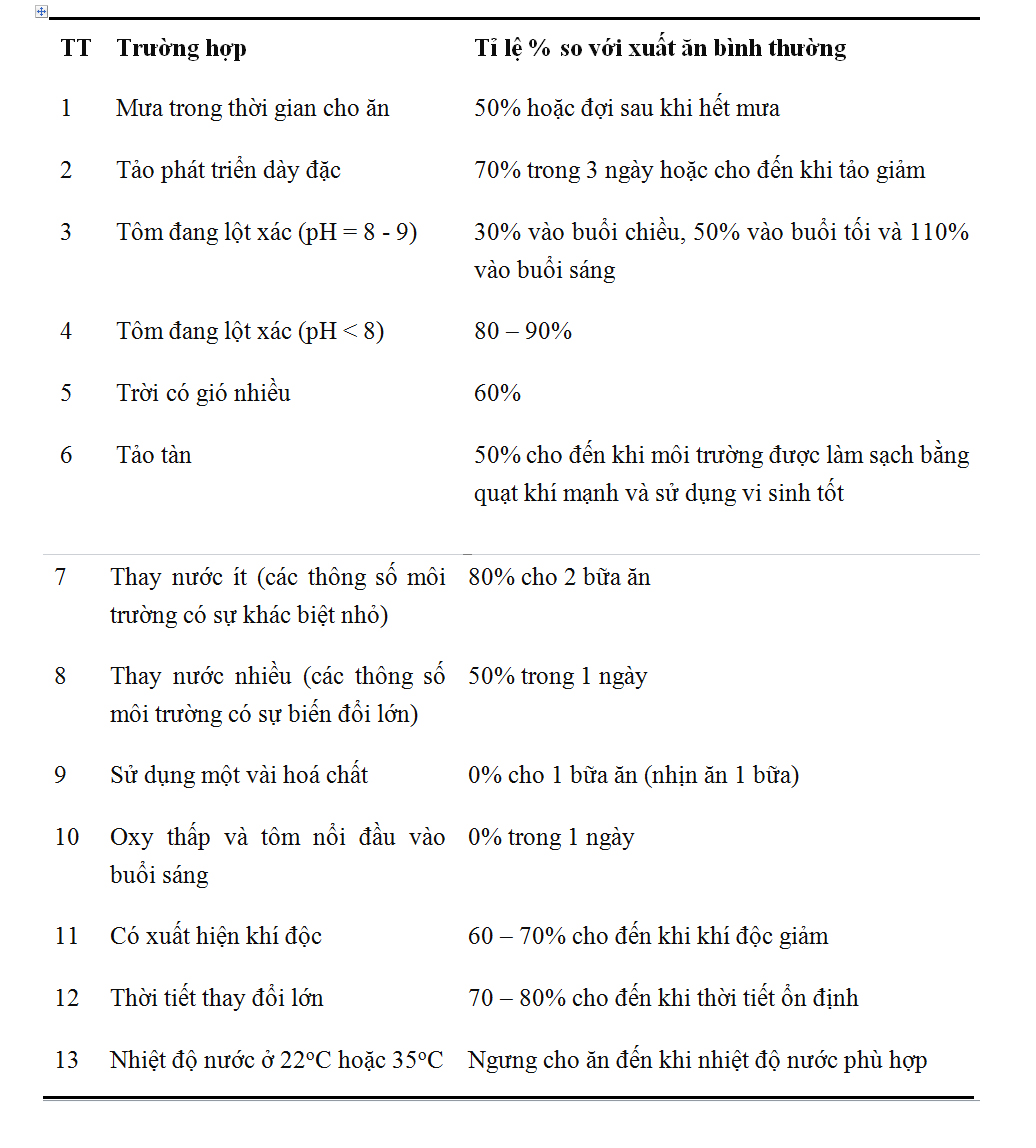
Table 1: Some Situations Where Farmers Need to Closely Monitor Feeding
Guidelines for using feed trays (nets):
The suitable position for placing feed trays is flat, like on the pond bottom with gentle water flow. Gently lower the tray downstream at a 15-degree angle to the water surface. The tray size should be about 0.4 - 0.6 m², with a height of 8 - 10 cm, preferably having four legs about 5 cm long. The tray should be lowered or raised gently, and during intense sunlight, it should not be lifted above the water surface.
Notes:
The feed tray will indicate the following: If there is still feed, the amount for the next meal should be reduced by about 10%, provided that weather and other conditions do not change; if there is no feed left and there are some shrimp, the feed amount should be maintained; if there is no feed left and few or no shrimp are present, the feed for the next feeding should increase by about 5%, also provided that weather and environmental factors do not change.
Statistics show that the maximum feed amount is 42 kg/100,000 shrimp until they reach a size of 80 - 100 shrimp/kg. From 80 shrimp/kg and beyond, the feed amount needs to be maintained at this level. It is advisable to reduce feed by 5% when shrimp exceed a size of 50 shrimp/kg. Signs of overfeeding include excessive algae growth (dark color, transparency under 20 cm) or high ammonia (NH3) levels. When this occurs, the most effective solution is to reduce the feed amount.

Maximizing feeding efficiency for shrimp:
If the traditional pond environment is large, the discharge of shrimp waste and excess feed is not a simple issue. You may consider switching to a high-tech nursery pond, such as a compact mobile nursery pond, to effectively control all issues in the farming pond and minimize risks to improve harvest yields.
Contact AQUA MINA for consultation and supply of aquaculture round tanks and aquaculture equipment for high-tech shrimp farming.
- Address: 685 National Highway 1A, Binh Hung Hoa Ward, Binh Tan District, Ho Chi Minh City
- Phone: 1800 6071 (Toll-free hotline)
- Email: sales@aquamina.com.vn or oversea@aquamina.com.vn
Aqua Mina's distributor in Japan:
REX INDUSTRIES CO., LTD
- Address: 1-9-3 Hishiya-Higashi, Higashi-Osaka 578-0948 JAPAN
- Email: kimakubo@rexind.co.jp
- Phone: +81-(0)72-961-9893
- Website: http://www.rexind.co.jp/e/
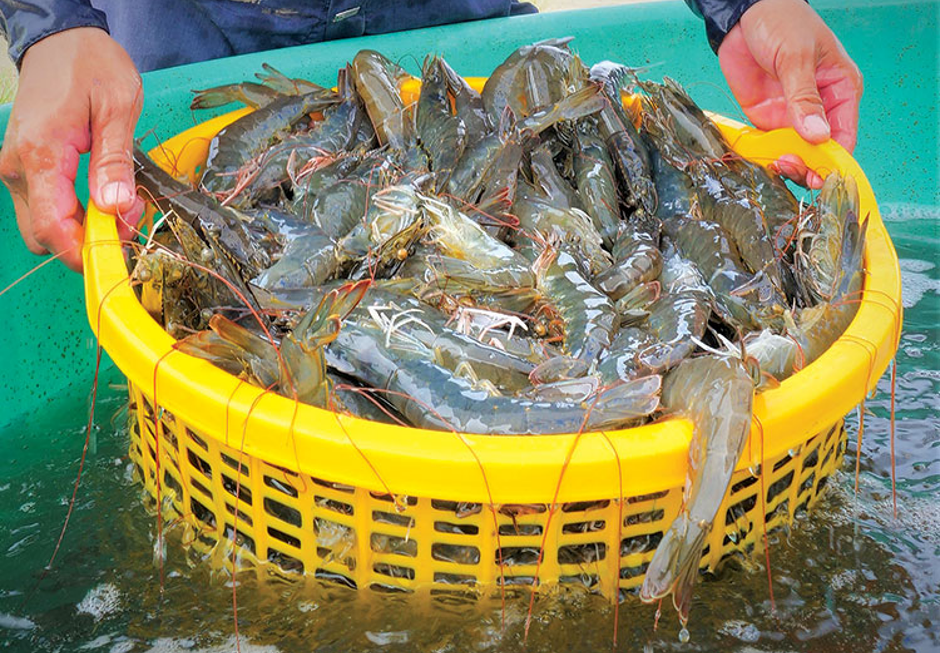
Ngày đăng : 06/11/2024
2380 View
Other Articles
Cà Mau strengthens traceability to enhance the competitiveness of the shrimp industry.
Cold stress: Effects on the plasma characteristics of whiteleg shrimp.
A new breakthrough in the prevention of diseases caused by the microsporidian parasite EHP in shrimp farming
Vietnam’s shrimp export outlook in the first quarter of 2026 continues to face heavy pressure from tariffs.
New England’s shrimp fishery to shut down for the long haul after years of decline
Crab exports to the United States account for more than 80%.
Thailand sets a target to increase shrimp production to 400,000 tons by 2026.
CTU-RAS: Recirculating Shrimp Farming for Sustainable Development
Vietnamese aquatic products reach new markets
Global Shrimp Forum: Global shrimp trade is reshaping
China’s Import Value Up 10%, Vietnamese Shrimp Remains Among Leading Suppliers
After the 7.5-magnitude offshore earthquake in Aomori that injured 34 people, Japan has issued a warning about a potential mega-earthquake









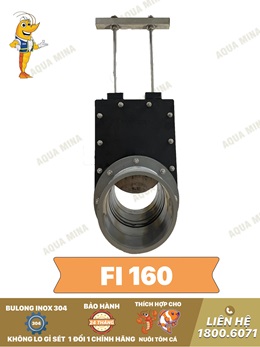

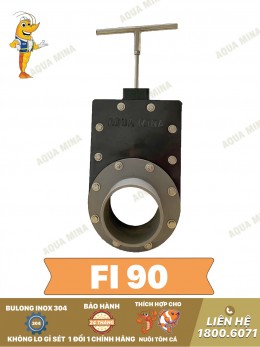
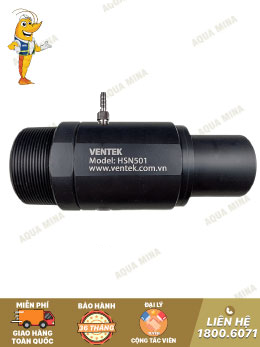
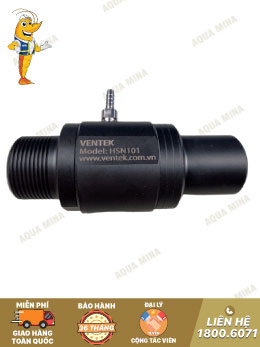
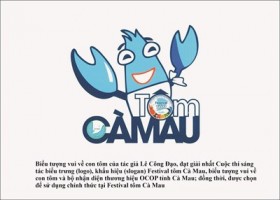
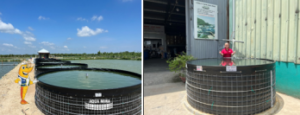
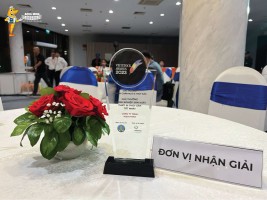
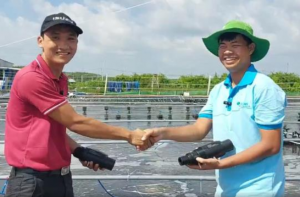
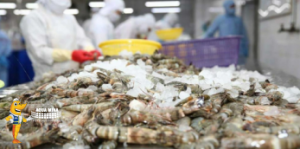
.jpg)